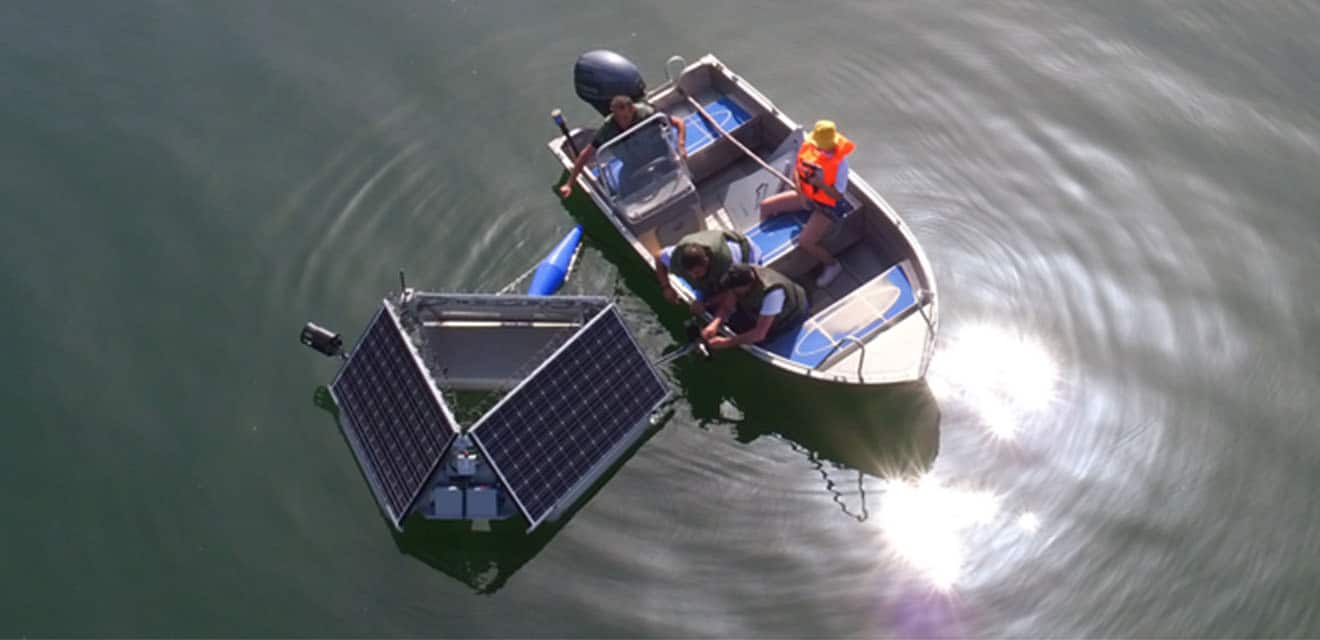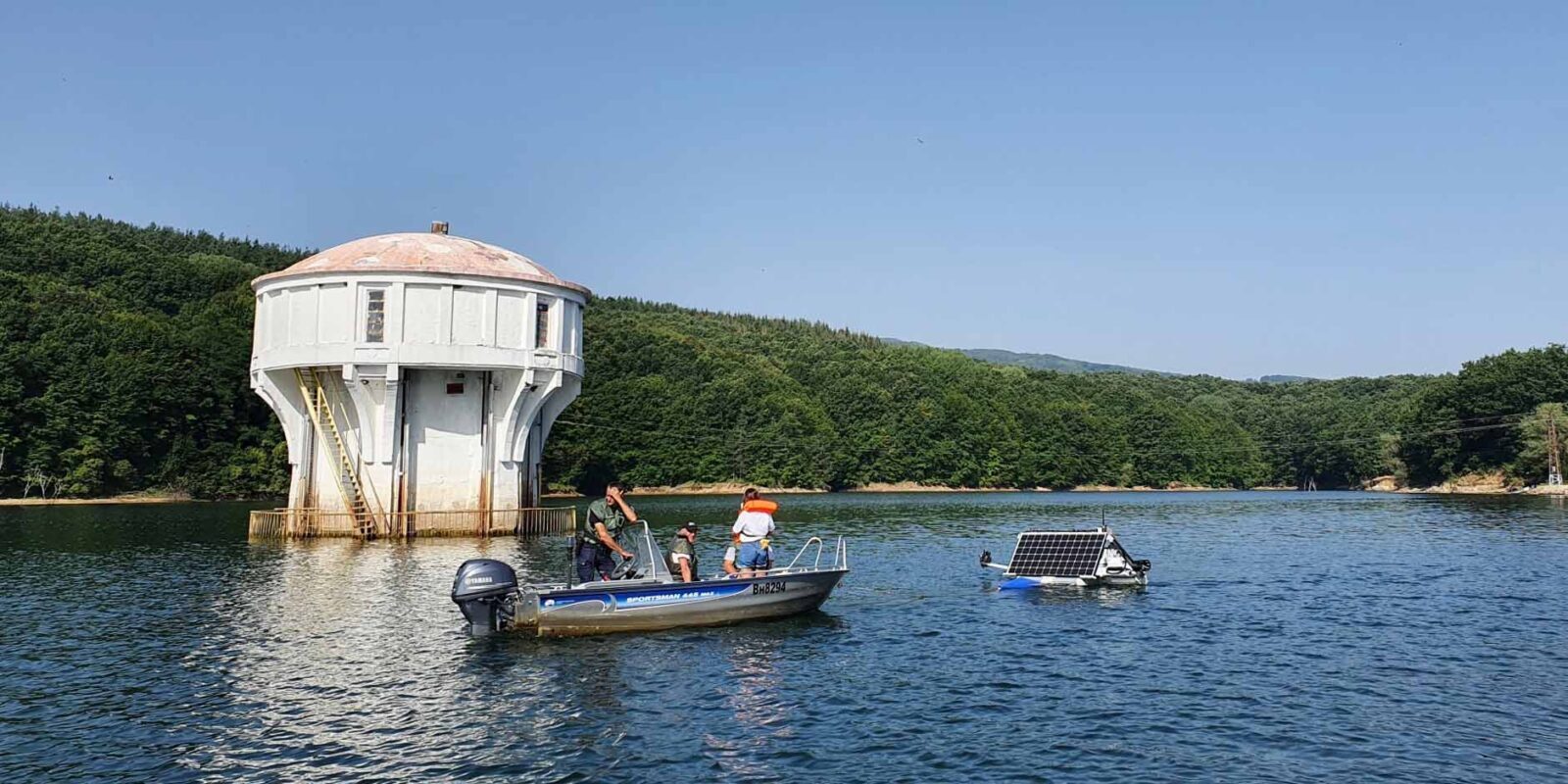In short
- Veolia-operated utility provides drinking water to 1.4 million people;
- The Iskar reservoir is vulnerable to different types of pollution, including harmful algae blooms;
- The MPC-Buoy has been successfully deployed and is already transmitting real-time data.

Sofiyska Voda, part of Veolia, the world leader in ecological solutions that is running the largest water utility in Bulgaria, invests in digital monitoring project to secure and modernize the water supply network in Sofia, the capital city.
Sofiyska Voda provides drinking water to approximately 1.4 million people living in Sofia. The Iskar Reservoir is the largest reservoir in Bulgaria and an important source of drinking water and hydroelectricity. It’s also a popular weekend destination for Sofia and the surrounding area.
At the end of July, the utility started a digital monitoring project that will secure and modernize the water supply network, making Sofiyska Voda the first water utility in the Balkans to invest in sustainable and digital water resource management.
The Iskar reservoir is vulnerable to different types of pollution, including harmful algae blooms. Therefore, the water company operated by Veolia installed the MPC-Buoy technology to increase the security of its drinking water supply.
If polluting algae occurs, the MPC-Buoy will emit ultrasonic waves into the water to stop their growth. This technology was chosen for its real-time monitoring feature and its early warning system that could be integrated within the patented Veolia Hubgrade digital control solution.
The smart system has integrated alarming functions when it detects changes in water quality. The specialized software automatically creates a forecast based on the data it receives. Thus, the MPC-Buoy offers an accurate picture of what’s happening in the water body, preventing the possible degradation of water quality.
The MPC-Buoy has been successfully deployed and is already transmitting real-time information to an online software, the MPC-View. A few hours after installation, the first data on turbidity, pH, temperature, dissolved oxygen, phycocyanin, and chlorophyll were displayed.
